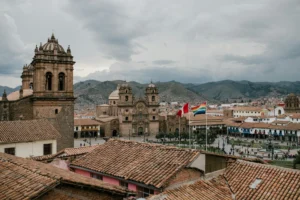Exploring Peru is the desire of many due to its extraordinary cultural richness, beautiful landscapes, and captivating history. From the majestic Andes to the Amazon rainforest, this country offers unparalleled experiences for all types of travelers. However, to make the most of your stay, it is essential to be aware of the necessary requirements to enter and travel through Peru without setbacks.
Here at Machu Picchu Wayna, you will find essential information about documents, vaccines, insurance, and other key details to ensure that your trip is unforgettable.
What You Should Know Before Traveling to Peru
General Information for Planning Your Trip
Before embarking on your trip, it is essential to have a clear understanding of basic aspects such as the climate, culture, and the destinations you wish to explore. Peru is a country of great diversity, with climates ranging from arid coasts to mountains and lush tropical rainforest. Organizing your itinerary while considering the season and the region you will visit will help you make the most of your experience.
It is also valuable to learn about local festivities, as many cities celebrate unique events that enhance any visit and allow you to make the most of your experience, such as Inti Raymi in Cusco or the Carnival of Puno.
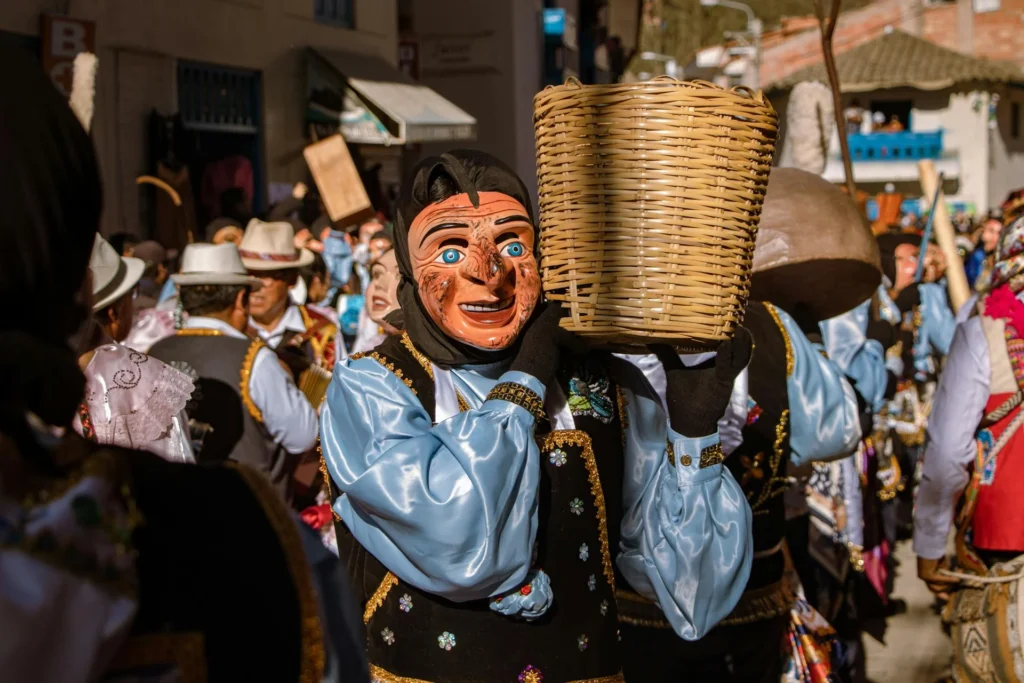
Cultural Aspects and Climate to Consider
Cultural Aspects
Peru is a country with a rich cultural heritage that blends indigenous, colonial, and modern traditions. Its ethnic diversity is reflected in its customs, celebrations, and gastronomy. Indigenous cultures, such as Quechua and Aymara, are predominant in the Andes and have preserved ancestral traditions that include dances, textiles, and spiritual ceremonies. For example, the Inti Raymi festival, which honors the sun god, is a significant representation of Incan roots.
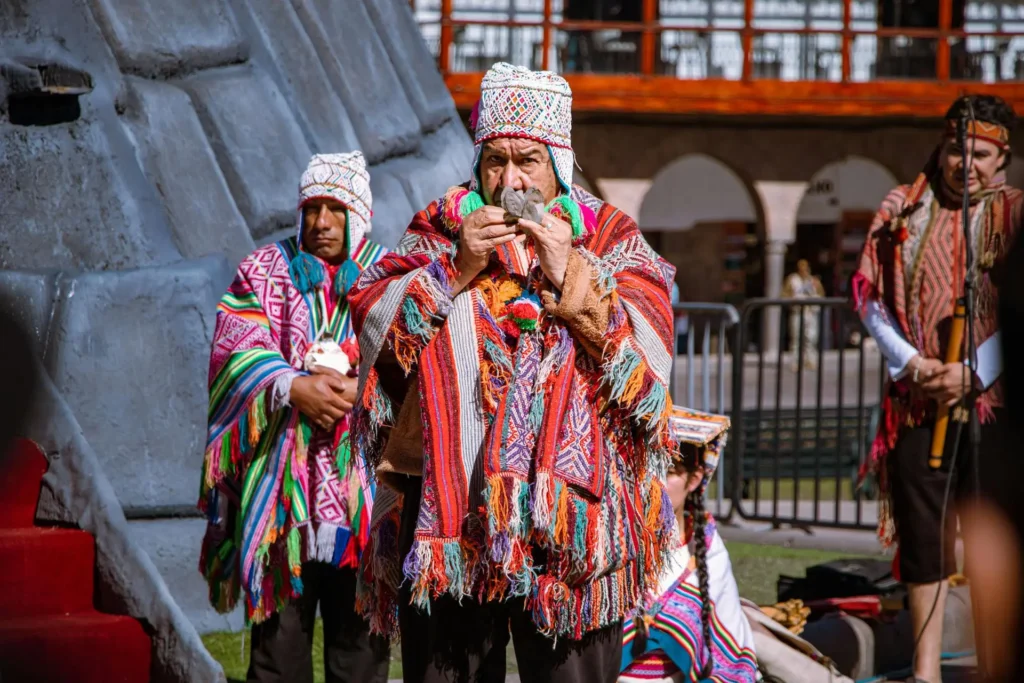
On the coast, especially in cities like Lima, a mix of European, African, and Asian influences prevails, evident in music, art, and gastronomy, such as the famous ceviche. In the Amazon rainforest, indigenous communities have a strong connection with nature, and their worldview is reflected in rituals such as ayahuasca ceremonies.
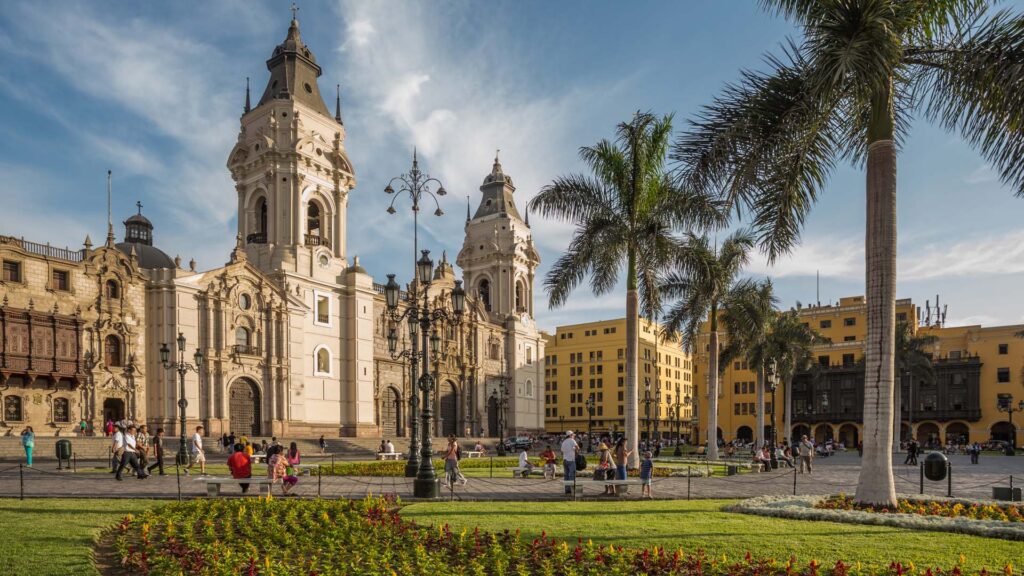
Hospitality is a core value for Peruvians, who are usually kind and respectful to visitors. However, it is important to keep in mind certain cultural norms, such as greeting politely, respecting sacred sites, and being aware of local customs, especially in more traditional indigenous communities.
Climate
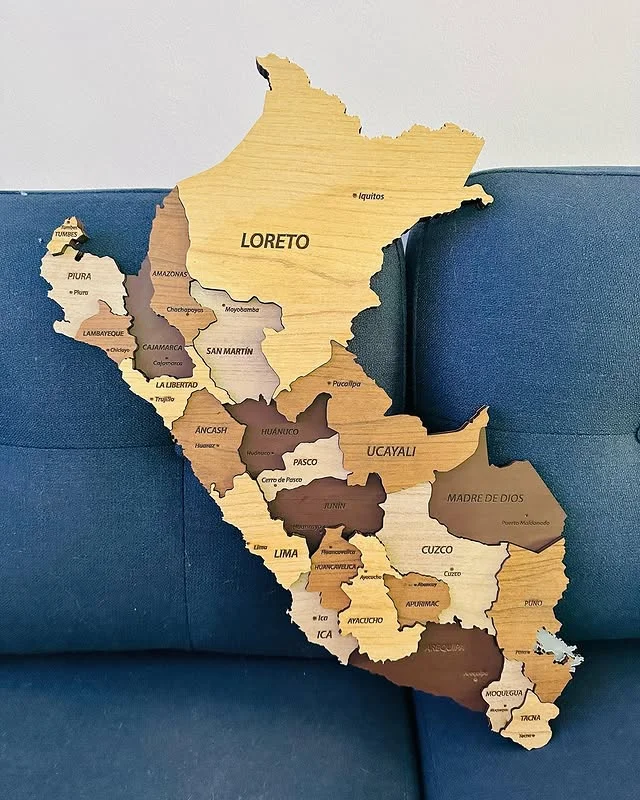
Peru has a great variety of climates due to its diverse geography, which includes the coast, highlands, and jungle. On the coast, the climate is mostly arid, with cool winters and warm summers. Lima, for example, has a humid and cloudy climate for most of the year, but without significant rainfall.
In the highlands, temperatures vary considerably between day and night. During the day, the skies are usually clear and sunny, while nights can be very cold, especially in cities like Cusco or Puno. The dry season, from May to September, is ideal for visiting the Andes, as it offers clear skies and less rainfall.
In the Amazon rainforest, the climate is tropical, with high temperatures and humidity throughout the year. However, there is a distinction between the dry season (from May to October) and the rainy season (from November to April). During the dry season, rivers are usually low, making access to some areas easier, while the rainy season is perfect for observing the lush biodiversity.
Planning your visit while considering the cultural and climatic particularities of each region will allow you to fully enjoy the richness and diversity that Peru has to offer.
Essential Documents for Traveling to Peru
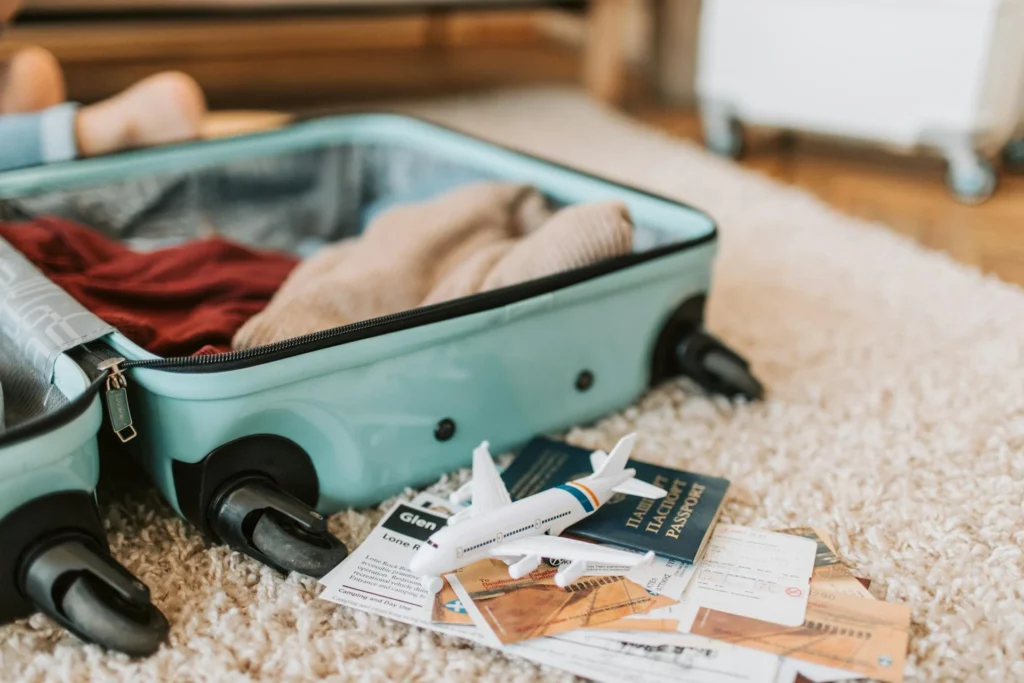
Is a Visa Required to Enter Peru?
Peru allows visa-free entry for citizens of many countries for a period of up to 183 days. This includes travelers from South America, Europe, North America, and several countries in Asia and Oceania. However, it is essential to check the specific requirements for your nationality before traveling.
Valid Passport: The First Step for Your Trip
Your passport must be valid for at least six months from the date of entry into Peru. Make sure to have at least two blank pages for entry and exit stamps.
The Andean Migration Card: Everything You Need to Know
Upon entering the country, the traveler’s entry is recorded through the Andean Migration Card, either in physical or digital format. This document is essential and may be required when leaving the country.
Is Travel Insurance Mandatory for Peru?
No, travel insurance is not mandatory to enter Peru. However, it is highly recommended, especially if you plan to engage in activities in remote areas, practice adventure sports, or visit regions like the Amazon, where access to medical services may be limited.
Advantages of Purchasing Travel Insurance
- Medical coverage: Care in case of accidents, illnesses, or medical emergencies, including hospitalization and medications.
- Emergency assistance: Support for evacuations, repatriations, and care in remote areas.
- Financial protection: Reimbursement for cancellations, delays, lost luggage, or documents.
- Peace of mind: Travel safely against unforeseen events, avoiding high costs.
- 24/7 support: Immediate assistance anywhere and anytime during your trip.
Cases Where Travel Insurance Is Recommended
If you visit remote regions like the Amazon or engage in high-altitude activities, travel insurance is a key tool to ensure your safety and peace of mind.
Vaccines for Traveling to Peru: Important Recommendations

Is the Yellow Fever Vaccine Necessary?
The yellow fever vaccine is recommended if you plan to travel to the Peruvian Amazon. Although it is not mandatory for all regions, many airlines and neighboring countries require it if you pass through Amazonian areas.
Requirements for Traveling to the Peruvian Amazon
- Valid passport or ID.
- Yellow fever vaccine (at least 10 days in advance).
- Travel insurance (optional but recommended).
- Appropriate clothing (light and insect repellent).
- Special permits for protected areas.
- Preventive medication (antimalarials and basic first aid kit).
- Cash (limited availability of ATMs).
COVID-19 Precautionary Measures
Check the current restrictions related to the pandemic. Some requirements may include PCR tests, vaccination certificates, or health forms.
Travel Requirements for Peru Based on Your Region

From South America: What You Need to Know
Citizens of South American countries can enter with a passport or identity document. This makes border crossings easier for land or short trips.
From Central America: Key Requirements
A valid passport is required and, in some cases, a visa depending on the country of origin. Be sure to check the specific requirements before traveling.
From Mexico and North America: Important Steps
Citizens of Mexico, the United States, and Canada do not require a visa for tourist stays. You will only need a valid passport and, in some cases, proof of financial solvency and return tickets.
From Europe: Documents and Advice
Citizens of the European Union also do not need a visa to enter Peru as tourists. A valid passport and, occasionally, accommodation reservations or itineraries will be sufficient.
Frequently Asked Questions About Travel Requirements for Peru
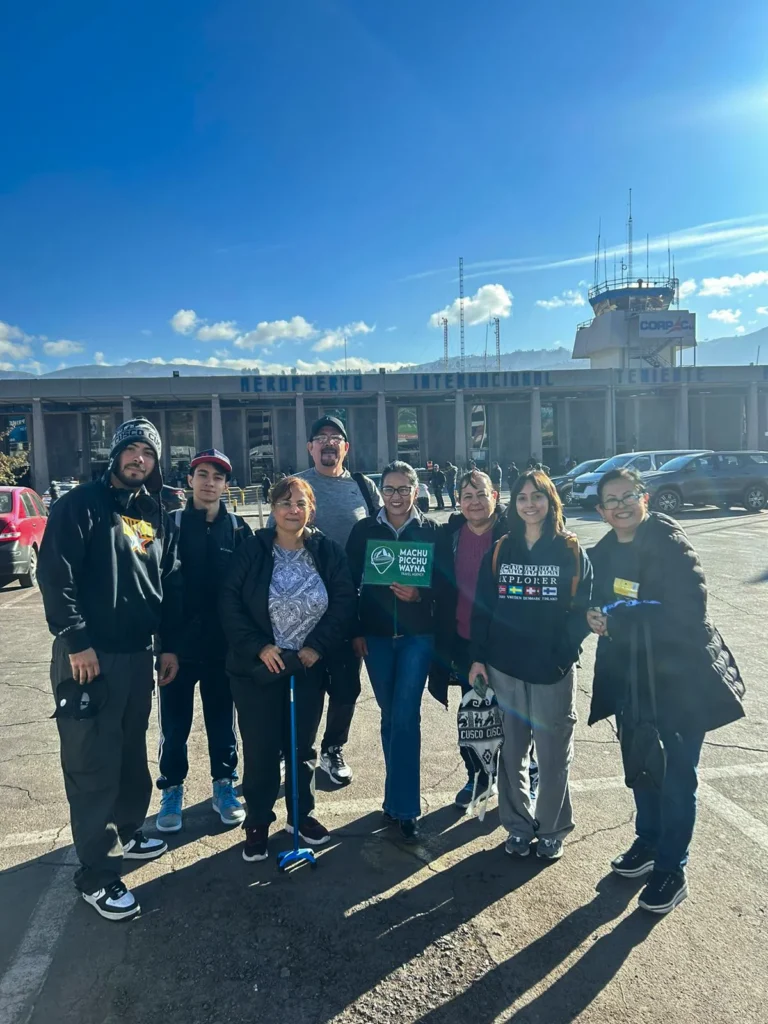
Do I Need a Visa to Travel to Peru as a Tourist?
Most tourists do not need a visa to travel to Peru. Citizens of many countries, such as the United States, the European Union, Canada, and most Latin American countries, can enter as tourists without a visa. However, some countries, such as Cuba, Venezuela, and Haiti, do require a tourist visa.
What Is the Minimum Validity of a Passport to Enter Peru?
Your passport must be valid for at least six months from the date of entry.
Is It Mandatory to Have Travel Insurance?
It is not mandatory, but it is highly recommended, especially if you visit remote areas or engage in adventure activities.
What Documents Do I Need to Travel with Children to Peru?
- Valid passport or ID for the child, depending on nationality and the requirements of the country of origin.
- Notarized authorization if one of the parents is not traveling with the child. This is mandatory if the child is traveling with only one parent or with someone other than their parents. The authorization must be signed by the absent parent and legalized.
- Child’s birth certificate (optional but recommended to confirm the family relationship if needed).
- Tourist visa, if required for the child’s country of origin (although in many cases, a visa is not required for children).
What Should I Do If I Lose My Passport While in Peru?
First, you must report it to the National Police to obtain a police report. Then, contact your country’s embassy or consulate, where they will guide you in obtaining an emergency passport or a temporary travel document. For the process, you will need the police report and other documents such as your identification and recent photos.
How Many Days Can I Stay in Peru as a Tourist?
The maximum stay as a tourist is 183 days, non-renewable.
Is It Allowed to Enter Peru with Personal Medications?
Yes, but it is advisable to carry medical prescriptions for controlled medications.
What Type of Currency Is Used in Peru and Should I Exchange Money?
The official currency is the Peruvian sol. Exchanging money at currency exchange offices or banks is safer than doing so on the street.
What Are the Baggage Restrictions for Domestic Flights?
Baggage restrictions for domestic flights in Peru vary by airline, but generally, a carry-on bag between 5 and 10 kg is allowed, with dimensions of approximately 55 x 40 x 20 cm.
Is It Necessary to Present an Itinerary When Entering Peru?
It is not mandatory to present an itinerary when entering Peru, but it is recommended to have one on hand, as immigration authorities may request it as part of the entry requirements, especially for short trips.

